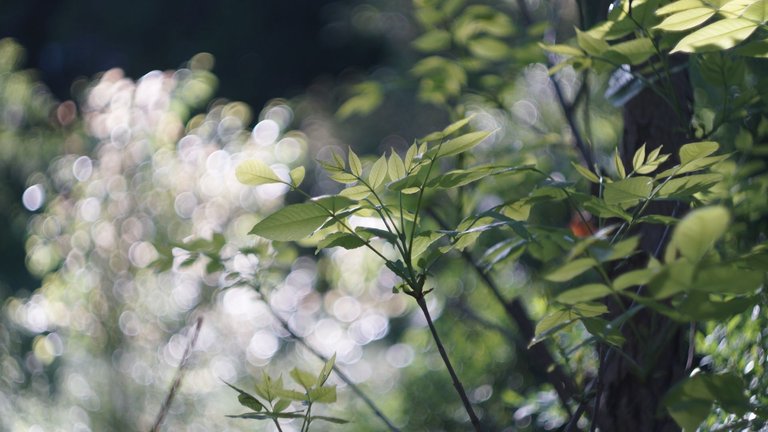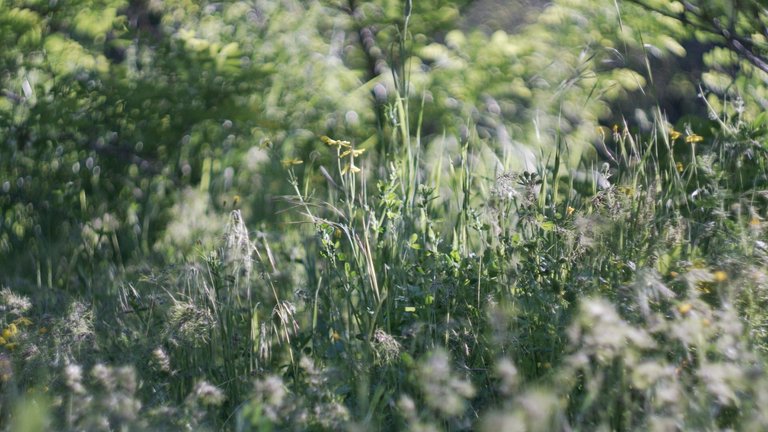In a forgotten Soviet 50s garden

People often say that Georgia is an urbex goldmine. It's true. But I think Armenia has more to it that is yet to be discovered. It's riddled with Soviet era history around every corner. Within a short walk from my apartment today I stumbled across old factories and abandoned buildings with beautiful patterns. Unlocked Soviet era nuclear bunkers I intend to explore at a more safe time. And mosaics and monuments within a forgotten garden. None of this documented on any map, all tucked away and mostly forgotten beyond the odd local that might still know a thing or two about them. I walked into the forgotten garden, it felt beautiful in the sense that nature had reclaimed it. Beautiful in the fact that everything has just been left to naturally decay. But also sad in that this decay happened in the first place, even if a man was mowing some of the grass nearby.

I suspect that this garden will inevitably be lost and redeveloped in the coming years as all the development in the area pushes to maintain modern standards, with its original identity to be lost. Unfortunately that is the case of our time. This garden screamed of the 1950s, with old lamps that would've lit the area. A factory opening at the very end with a beautiful set of mosaics that depicted the Soviet's interest in industry. I couldn't photograph that. It was a bit too hot of a location. Destined to end up yet again getting detained here in Armenia for having a curious mind with a camera in one hand. I could see beyond into the main courtyard a beautiful statue that I also couldn't photograph. I was close to entering and just playing the dumb tourist to perhaps get a glimpse, but I was already on edge here. Nearby children were playing as they lived nearby, broken glass scattered around. Old brickwork falling to pieces where the path is and once was.

It felt fitting that I shot these during golden hour, with a Soviet era lens. To capture some of that beauty of the garden. Imagining how it would have been in all its glory. The fountains no longer worked, nor did the lights above. But the flowers and various trees and bushes had flourished. The one thing in the area to have not just stood the rest of time, but to have gone through the decades increasing in their beauty. In the background, a smoke stack which has the year 1950 painted into it near the top. It's crazy that it's almost 80 years old at this point. Almost a century of history just standing there, still towering over even the newer buildings in the area.

The Helios performed beautifully under this light. It has the perfect amount of highlights to really pull out that swirly oval bokeh. I still felt out of place roaming through it all. I felt like at any moment someone would come to me and ask what I'm up to even though I knew I was doing no wrong. But roaming through, I'd still try to investigate. Still try to appreciate. And I think the Helios did a great job and contributing to that beauty. Where the manual focus for once didn't feel like a challenge, no soft focus. Just beautiful nature and the signs of a former empire within it.

I think I'll post about the Soviet side of this environment soon, but perhaps with another visit there. I do want to try to capture more of the history with a bit more confidence. But for now, the nature will do.
Good lens, good photos, I was hit in the nose by the bright smell of apple blossoms while reading this post.
I think it's my favourite lens that I own. Not the most versatile, but the effects of it are so much fun.
The smell there was so nice, I had almost forgotten the smell of nature after being in tbilisi for so long.
You're right it's a shame to lose it to modernization, but how nice that you captured it with your photos especially during the golden hour. You left me very curious to see those images of Soviet Armenia in your next post. I will be on the lookout. Thank you for sharing such a unique exploration.
Best regards. Take care.👋
I'll have many posts to come that focus on that era here. There's a ton of it around. What's also interesting here is that many of the newer buildings are designed quite well, they're still very similar to the architectural style of the Soviet era. Using the same type of stone and having a similar design in terms of shapes. It's nice to see that there isn't a massive difference as the country develops.
Your text highlights all those feelings that we can get from the photographs you present to us. That's what I felt, nostalgia, at the same time I felt there with you thinking about images and all the poetry that often results from decadence.
Luckily we have you here to eternalise all that beauty.
It's definitely what I feel as I walk around such areas. I can't help but think of the past and how beautiful things must've been back then. And the limited time we have with so many of our surroundings. Our towns and cities are changing so fast that it's hard for us to even connect with something built a decade ago. Buildings come and go so quickly, and fields turn into construction sites overnight. Elements of even the 50s are on borrowed time, even regarding pavements where their patterned stone is pulled up and replaced with something bland.